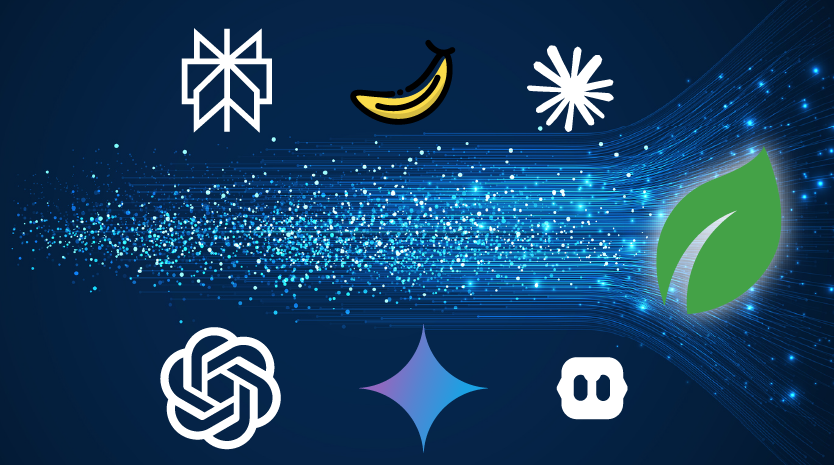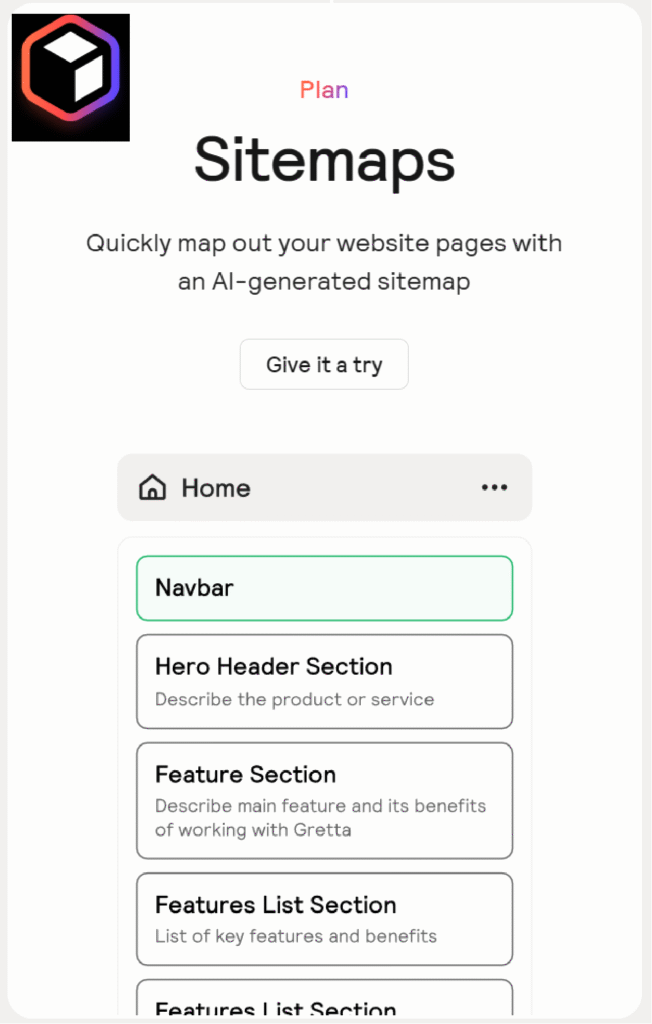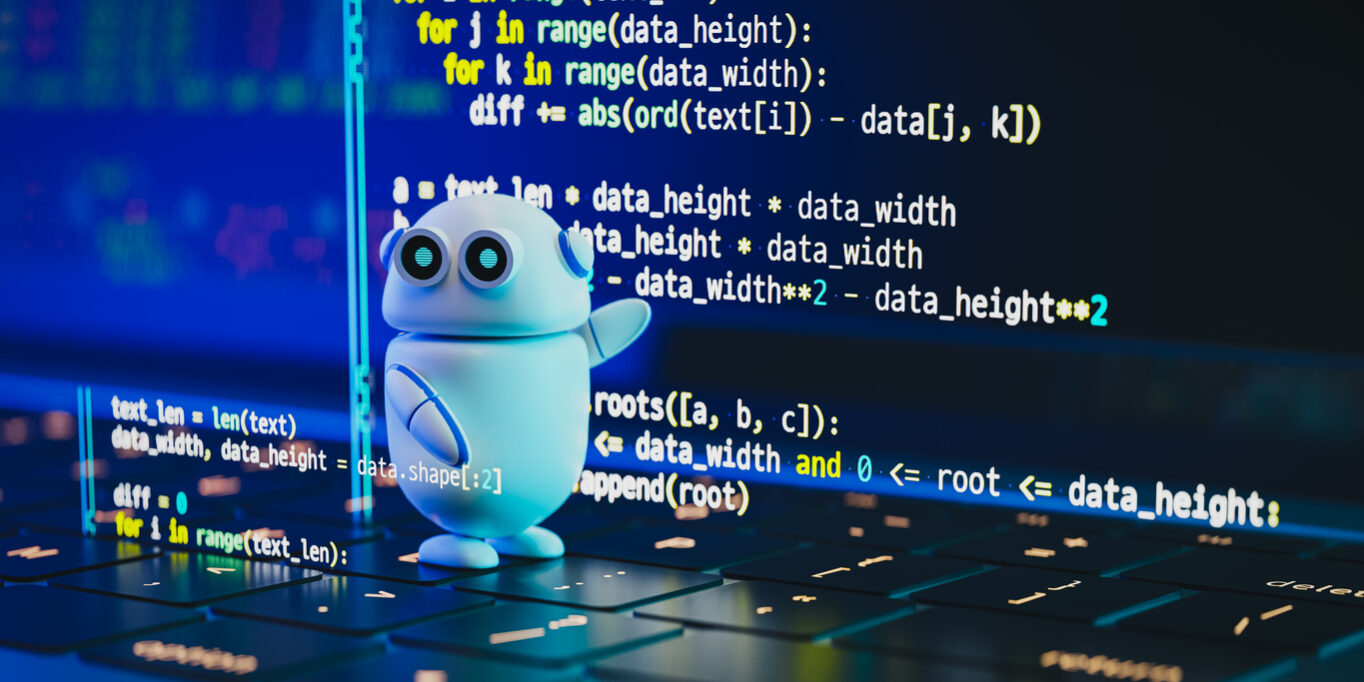The New Reality of AI in Web Design 2025
The year 2025 has cemented Artificial Intelligence’s role and it has, to no one’s surprise, shifted it from a nice-to-have novelty to a core tool in the web design and development stack. Whether we like it or not, these tools are here to stay. Data from the industry confirms this: one study notes that over 90% of developers now generate code with AI, and a significant portion of all new code is machine-written.
For those of us utilizing these technologies, finding creative applications with them every day, a more nuanced question emerges: How far has AI technology truly advanced as a web designer in 2025?
The short answer is: AI has become an indispensable extension of the developer, yet it remains a poor replacement for the creative human mind with the client’s goals and vision in mind. It excels at straightforward black and white tasks of coding but often stumbles when more colorful tasks require insight, wisdom, and creativity. We’d like to share our perspective with the practical applications and limitations we’ve seen.


AI as a Web Development Assistant
The most significant advancement we have seen so far has been the seamless integration of AI directly into the development workflow, having an assistant that is quick to catch up on specific tasks with perspective and not requiring a coffee before speaking like I normally would. AI has assisted with technical issues that once required a lengthy Google search or forum deep-dive a matter of a simple in-tool query, the time saved with these resources has been well appreciated for our team. In many aspects, the application of these tools has opened possibilities that weren’t available even a year ago.
The Power of Gemini Pro & Context-Aware Coding
Tools with powerful large language models (LLMs), particularly those leveraging the large context limit of Gemini Pro, have become useful with longer tedious tasks. When facing novel issues or needing to navigate complex back-end code, the guidance and suggestions interwoven within developer tools are becoming more and more reliable. It’s like having a second set of eyes available anytime, adding perspective and useful insights.
- Real-World Use Case: I’ve personally leveraged Gemini Pro’s expanded context window to craft complex, fun widgets for local businesses, such as a custom “Split the G Leaderboard” for a local pub and dynamic, automated concert schedules, trivia applications and location-aware menu buttons for a client’s third-party app.
- Coding Efficiency: Another exciting agent, the open-source Cline AI, has shown remarkable capability. I was able to feed it a completely styled PDF and have it produce a functional, implemented code for a blog (though, crucially, human modifications were still necessary for platform integration).
The Takeaway: AI coding assistants drastically speed up the development cycle, especially for boilerplate and black-and-white problem-solving. They are an asset when you have the expertise to review and modify their output.
Smarter Planning & Design with AI
Before any code is written, AI is fundamentally changing the planning stage by making it highly visual and collaborative.
Relume and Instant Sitemap Generation
What used to require manually sketching sitemaps and wireframes are slowly phasing out with tools like Relume AI. Relume allows us to brainstorm and visualize the entire viewer experience before fully diving into the web design process, giving clients a sneak peak into their site and all of its features. By answering a few questions about the client and their website goals, we can:
- Instantly generate a complete sitemap.
- Visualize the user journey and information architecture.
- Get a feel for the project before any design or code has been implemented.
This capability significantly speeds up the development cycle and client approval process, focusing the discussion on UX design principles rather than structural mapping.

The Limitations of Generative AI for Visuals
While coding and planning assistants excel, the reality of Generative Engine Output for visual assets remains a double-edged sword. The human eye is very adept at picking up inconsistencies, whether from missing text to warped facial features and behaviors.
The Promises and Pitfalls of Image Editing
Tools like the new features in Gemini Nano Banana are undeniably impressive. We now have the practical ability to:
- Remove unwanted text or watermarks from images.
- Shift a daytime scene to a convincing night-time setting.
- Place Product Images into new backgrounds, combine with other products for specials, removing the need to reshoot.
- Use advanced video models like Veo 3 to build storytelling aspects from a single still photo.
However, the technology remains untrustworthy for 100% autonomous creation. If you were to opt for a completely AI-generated website, it would lack expression along with brand identity that speaks to your audience. If you use purely AI-generated photography, people will notice the uncanniness.
- The Flaw: Ask an AI to generate text on an image, and there’s a good chance you’ll find warped, misspelled words and other unnatural artifacts giving it away. AI-generated video, while improved, still suffers from unnatural movement, continuity errors, and the general “uncanny valley” effect that the human eye is so adept at spotting.
The Rule of Thumb: Generative AI is best treated as a powerful editing tool, a photo-retoucher or background artist but it can not replace the impact using professional photography or digital design.


What Fresno Business Owners Should Know About AI Web Design
If you’re a business owner in Fresno, California, or any similar market where personal connection and local expertise matter, how much should you rely on AI?
In short, AI is rapidly evolving and we’re seeing it is a great asset to incorporate at times but with uncanny setbacks if you lean too heavily into the technology. Our findings at ADvine indicate:
- High Success Rate: For straightforward solutions like generating initial code snippets, brainstorming, drafting technical documentation, or generating an outline AI usually has a high success rate.
- Low Success Rate: When problem-solving requires creativity, nuanced marketing, or a deep understanding of human experience (UX), the current LLMs still fall short. They think mathematically and, at best, have the intelligence of a college freshman or enthusiastic intern.
Our Recommendation: For each role the AI is assisting, it needs someone with human expertise to monitor and steer its efforts. AI will rarely meet your vision on its first attempt, don’t take your hand off the wheel regarding your projects. Having the wisdom of a team or community behind your goals will always outperform the 1’s and 0’s that is merely guessing what exactly it should be doing.
Collaboration Over Automation
Throughout all of the incredible technological advancements of 2025, one hard warning remains before proceeding: AI is not going to make your projects perfect.
These tools are meant to be treated as an extension of yourself but not meant to surpass you. We still find countless use cases for AI within our workflow to get the ball rolling on projects, but nothing will ever beat the spirit of collaboration with team members whom understand:
- Tried and true design principles.
- Client Relation Skills.
- Storytelling and Communication Skills.
- Emotional Intelligence and Empathy.
- Problem Solving and Strategic Thinking.
At the end of the day, the creative people at ADvine, with advanced skillsets and personable attention to detail, will never be replaced by language learning models. That’s what keeps the Central Valley special. We are proud to maintain the personal touch throughout each project we work on with the motto of “Built by Humans: Enhanced with AI”. The impact and results our clients see are anything but artificial. With us you get REAL Results.



